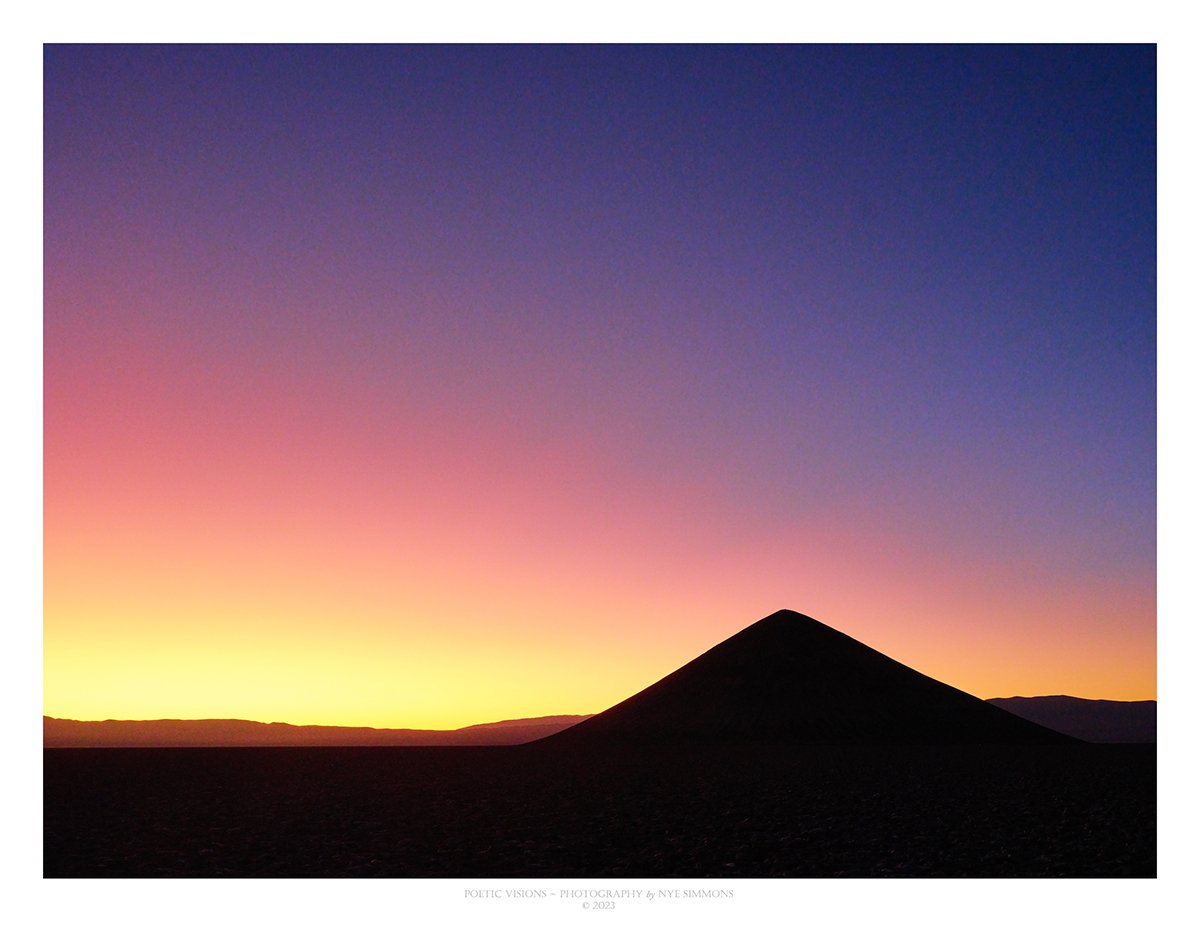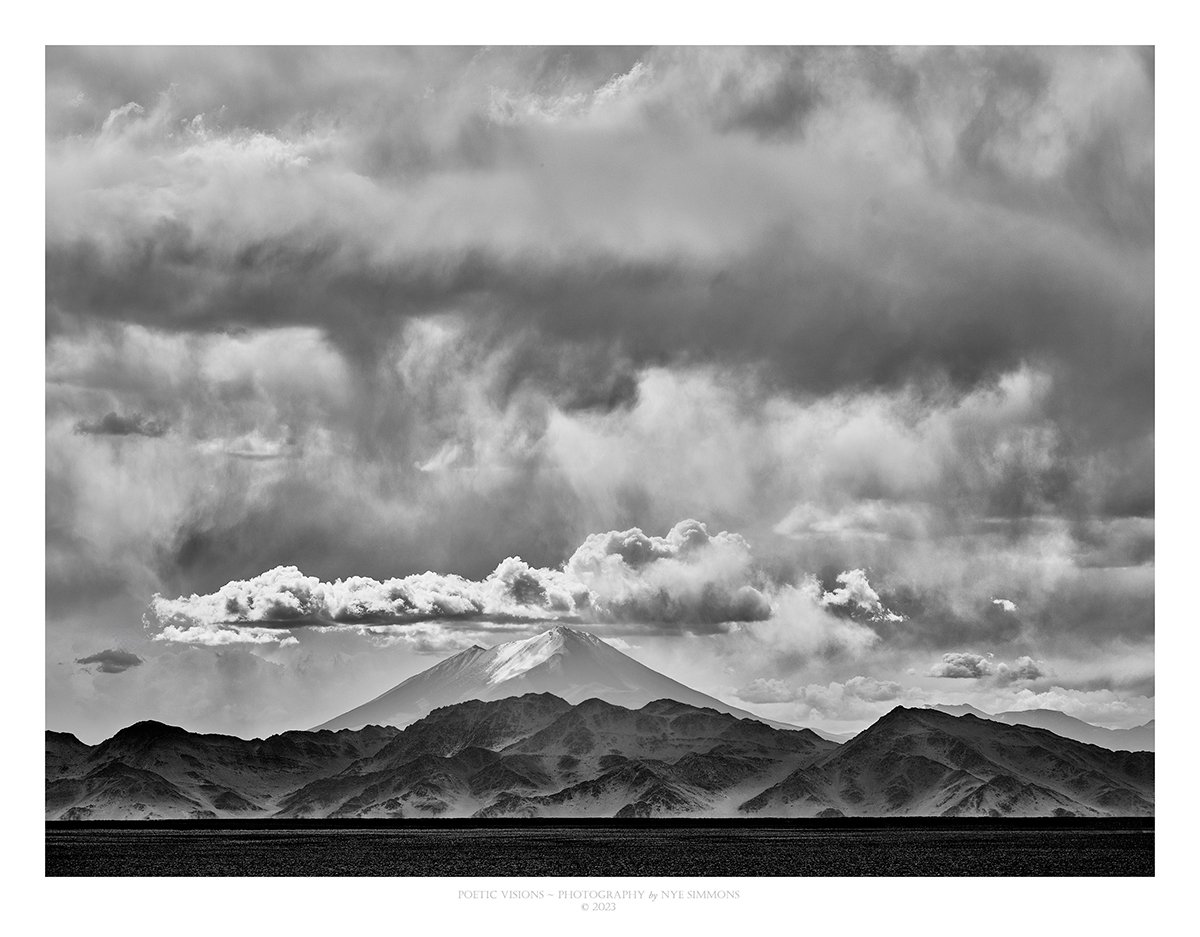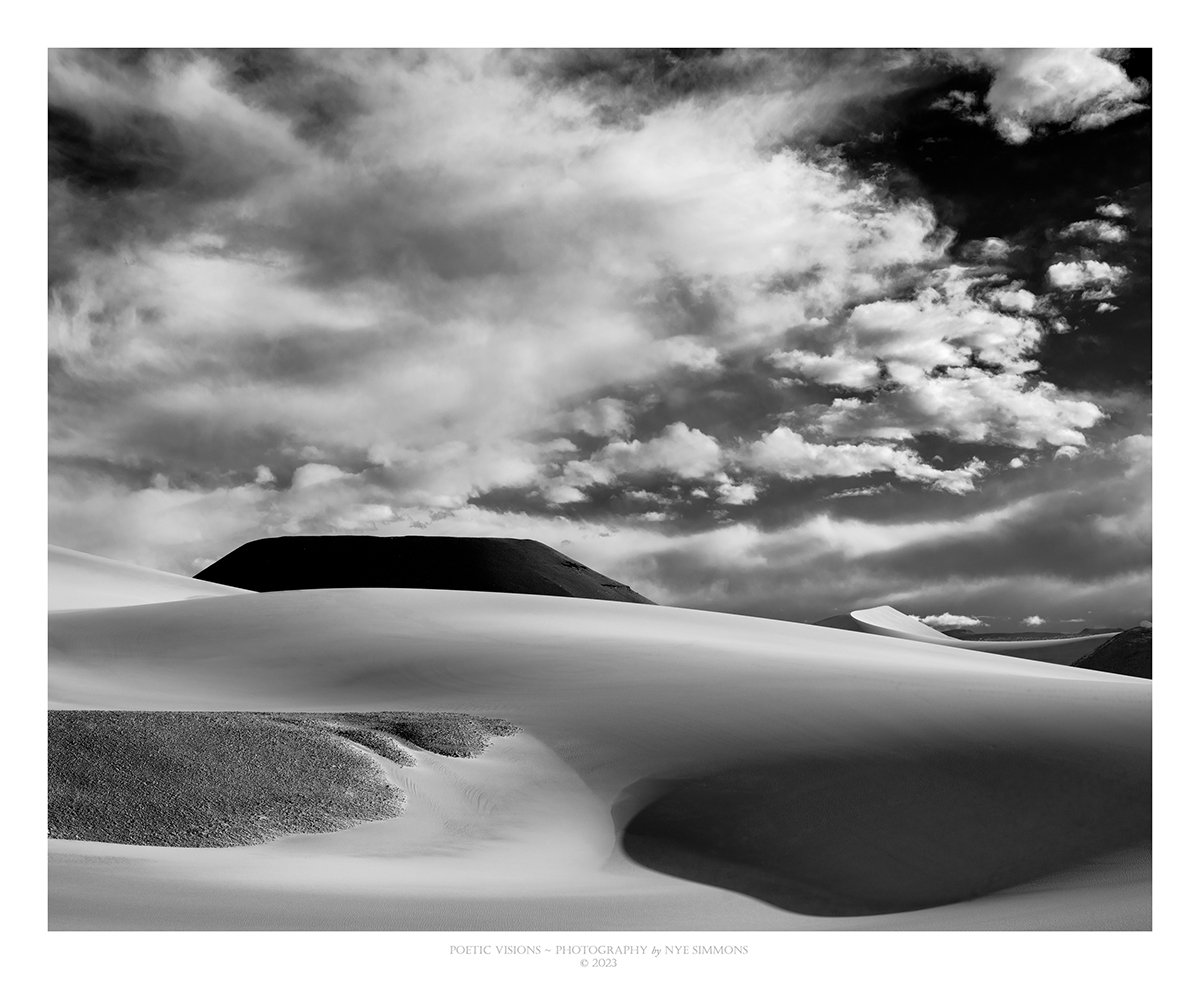Puna de Atacama - Argentina's Surreal Landscape
The Puna de Atacama, the high desert of Northwest Argentina, is a world apart from ordinary terra-firma. The high peaks of the Andes surround a high desert plateau populated by extinct volcanoes, salt flats, sand dunes, and an expansive pumice stone field — it goes on and on. The landscape seems from another planet, and the light quality is exquisite — desert light on steroids.
So why here of all places? I am more of a forest and woodland photographer. Well, I also love the desert—the desert is my alter ego, a place where the light is different, and the landscape is often strange. So this place fed my alter ego in a way that it had not been fed before, indeed it nourished my soul. As I look over my files, I find much more sky than in my usual images, and indeed the sky was often the main event with the ground below being a supporting element. Evolution takes many forms and there is nothing creatively worse than being in a rut. So evolve.
What began as casual surfing evolved into an 11-day photographic adventure to this special place. It begs for an encore. Follow me now on a visual journey through the Puna in Argentina.
Quatorze Colores del Hornocal, the 14-colored mountain. From a mirador (overlook) at 15,000 feet elevation, the view across the valley is abstract and exotic. How can an expansive grand scenic overlook be abstract? But it sort of is, isn’t it? Like, do you know what it is just looking at it? Without the clouds, there would be no context.
From the same overlook, a view to the north with peaks ranging from 18,000 to 20,000+ feet. A stitched image of tundra, mountain, and sky, with 18,000-foot-plus peaks receding in the distance.
Crepuscular rays at sunset at Salinas Grandes, an expansive salt flat in the Puna. The stress ridges are strikingly similar to those at Badwater in Death Valley National Park, but the light was even more sublime. Desert light — fantastic. My attention was focused elsewhere on a composition that I was not happy with when I turned and looked up to see this display. Sometimes the rainbow is behind you.
The Desierto Labyrintino is an expansive area of red clay formations that really needs light to show its best. This day clouds had moved in rendering the light flat but for a fleeting moment of soft side light. The lack of color variation favored a monochromatic presentation. There is always something. It can be like being on a TV cooking contest. Here are your ingredients, go ahead, create. You have two minutes. Good luck.
The Cono Arita is a volcanic cone that never erupted due to decompression from other nearby volcanoes. It has many moods depending on light and weather. The strong symmetrical shape is captivating. Here a stitched panorama at dawn with glow in the sky and a touch of light on distant peaks.
It starts and ends in twilight, the bookends of the day when there is a soft glow in the sky and low contrast that even film can handle. Color in the sky is reflected onto the land below rendering soft hues and subtle pastels. What about the in-between times? Well, it depends to a degree on the weather and whether you need sleep from the predawn waking. A worn-out photographer usually makes sub-par images; get some sleep —it’s a creative tool. Then you can make the most of what is given, from twilight, to cloudy, to harsh direct sun. There are many moods to interpret if you are receptive.
This stark scene is really a study of form and cloud. It’s always a challenge to create in an environment that you have no experience with. Watch the light, maybe feel it slipping away? No amount of pre-trip research will prepare you for the experience in the moment. Find some building blocks, watch for what flow there may be, find balance, open up to it, try to feel it, let it happen, and hopefully be a part of it.
Seeing a new location properly takes time, and rushing blindly to “get the shot” often leads to failure. Taking time to watch the light unfold at different times of the day and from different angles ultimately yields more high-quality images. Prescience to predict WHERE and WHEN the right place will be is a study in patience and perseverance, with a dash of luck. And then sometimes there is serendipity when conditions gel at just the right time.
And the skies parted…. and it was glorious. What a teeth grinder watching clouds shift to the west as the sun sank quickly towards a notch in the ridge. Would it happen? At the last moment, there was a break in the clouds, a ray of sun broke through to light up the tip of the cone and the clouds above. A hand-held stitch yielded a panoramic presentation.
High desert light is fascinating. With increased particulates in the air, the twilight glow can be intense and rarely seen elsewhere. This morning there was a rainbow of color that would have been wasted in black and white.
Nowhere, in particular, a drive-by of sorts. On the way back to the hotel, the shapes of the black sand dunes at the base of the volcano were attractive and there seemed nothing else around. It looked like you could just reach out and touch them. Two miles of hiking later I was close enough to make an image. No, you can’t just reach out and touch them; perspective and scale are in the bucket. Then it was a waiting game for the light. Light on the distant peak and clouds was a bonus. Two miles out in the dark with a 30 mph headwind—the things we do…..
Another unnamed stop driven by clouds. Surrounded by peaks of 18,000 feet and more, the vastness of the landscape defies comprehension. Distance is an illusion and time seems to stand still. How do you photograph feelings?
Roadside images crop up frequently affecting the allocation of driving time to specific destinations. The patterns in the black sand dunes required a stop.
The Campo de Piedra Pomez is an extensive flow of pumice several miles in width. Exploration of this feature would require many trips and many days. Strange forms and leading lines are waiting to be combined. If you don’t have a composition, you race to find whatever you can when the light picks up
Standing pumice stone on a field of black sand with distant Andes catching the last rays of light. Compositions are limited only by your ability to walk around (at 12,000 feet or so altitude) and find them. It’s a big job because it’s a big place. Have to go back.
Patterns in the black sand and stone reminded me of a tidal pool but the shapes gave way to an alien landscape under heavy skies.
The white dune. It’s immense, and it seems almost like a sacrilege to walk on it, although people do. The problem with footprints is that you have to wait for the wind to erase them or clone them out. As remote and difficult as it is to get to, tourist (i.e. non-photographer) traffic is substantial, so pray for wind if you pursue this scene. The dark volcanic cone adds contrast to the stark landscape.
The white dune really calls for more than one visit to catch different moods. It lends itself to black-and-white interpretations and offers literal as well as abstract compositions
Speaking of which….At the base of a steep face of the dune, the weight of falling sand gives the impression of sheets of falling water.
Intersecting shapes and lines offer multiple possibilities for graphic compositions.
This portfolio barely begins to explore the possibilities in this expansive place. There are areas of concentrated subject matter, but an interesting image can be made almost anywhere. The light will be more predictable in the dry season, but the skies more interesting at other times. Wind, heat, cold, and altitude all combine to present challenges, but the Puna is as compelling as the challenges to be faced. Private tours can be arranged for small groups.

















